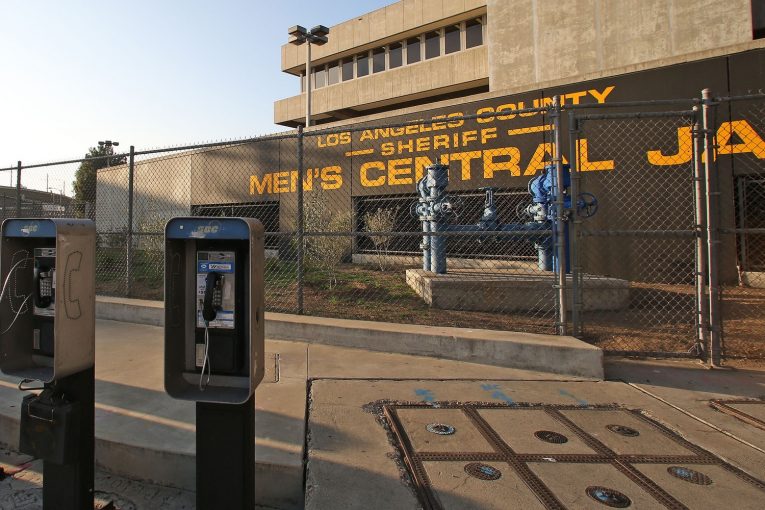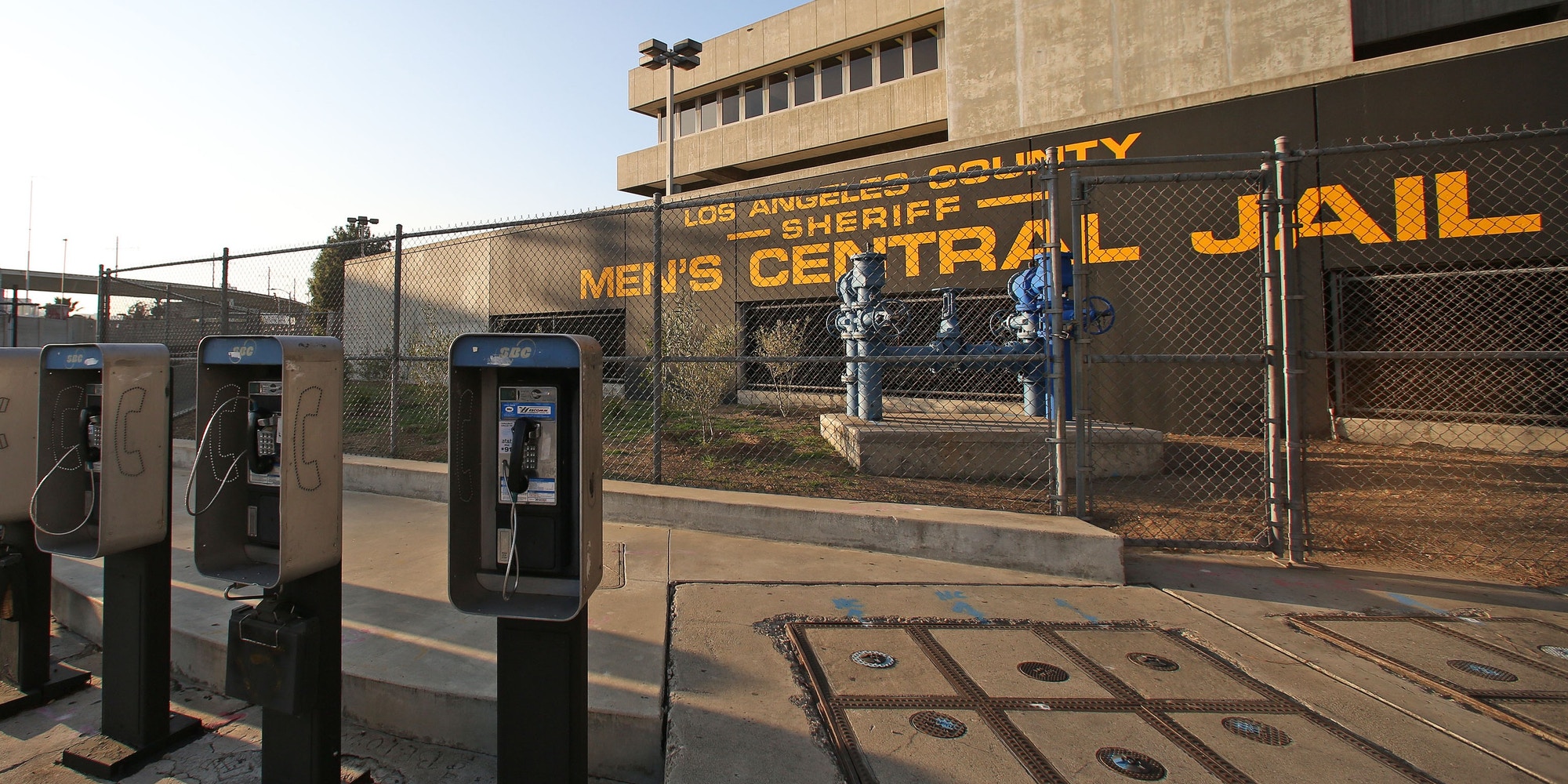

By Alex Busansky and Miriam Aroni Krinsky
It’s one thing to hear about excessive force incidents inflicted upon LA County Jail residents at the hands of Sheriff’s Department personnel. It’s another thing to see them. Either way it’s troubling, but recently released videos of blatant assaults on individuals in the county’s care struck a more urgent chord.
Ten years ago, we were part of the Los Angeles County Citizens’ Commission on Jail Violence (CCJV) charged with investigating and crafting recommendations to address the decades-long pattern by sheriff’s deputies of excessive force in LA County jails. In the resulting report, commission members representing diverse perspectives coalesced around an important query: Will needed reforms be sustained over time, or fade once public attention recedes? Today, as these videos precipitate a new wave of public scrutiny, we unfortunately have our answer. So now we pose a more pointed question: Will the LA Sheriff’s Department (LASD) finally be held accountable?
When people enter LA County jails, they should not have to worry about the risk of violence, especially at the hands of those charged with their care. While we saw occasional signs of progress over the last ten years, LASD has failed to fully implement the Commission’s recommendations, including the culture change the 2012 report identified as vital to lasting reform. The recent videos highlight a persistent truth — that a meaningful commitment to safety, humane treatment, and accountability within LASD is long overdue, and that commitment must stand long after public scrutiny fades. Yet LASD’s continued culture of dishonest reporting, lax oversight, and failure to discipline force violations remain — the very same concerns detailed in our 2012  findings.
findings.
The need for accountability is irrefutable, and the evidence is clear, thanks to the thorough reporting of court-appointed monitors established as a result of Rosas vs. Baca. Recent monitor reports identify the consistent use of head strikes, a dangerous and potentially life-threatening tactic. Reports also reveal that when head strikes were reported, supervisors almost always conveniently deemed them within policy, therefore eroding the ability to enforce disciplinary measures. But perhaps most troubling are the numerous accounts of dishonest reporting about uses of force by deputies. Many supervisors fail to identify violations at all, rendering accountability impossible. These concerns, detailed in our investigation over a decade ago, represent a consistent breakdown in internal discipline processes resulting in far too many individuals put in harm’s way.
As improper force and dishonesty are normalized throughout the department, the numbers revealed through audits tell a different story. Out of a subset of 448 cases from the first six months of 2022, the sheriff’s department found only three violations, representing a 1.7% out-of-policy rate. In contrast, from a subset of only 91 cases for the last six months of 2021 and the first six months of 2022, court-appointed monitors found a total of 30 violations of the force prevention policy representing a 32% out-of-policy rate, and 30 violations of the head strike policy out of 86 cases, a 35% out of policy rate. This huge disparity in reporting is telling.
LASD has sought to blame these failings on a lack of staff. But hiring more staff to “address” the excessive force problem will do nothing if those staff continue to be trained, supervised, and led in ways that only feed a long-troubled culture. Without interrogating and upending the status quo, adding staff would only result in more personnel who engage in abuse or stand idly by while individuals behind bars are assaulted.
As the CCJV report noted years ago, what is needed isn’t rocket science — the right policies, the right accountability measures, and consistent enforcement of those measures. These recommendations still hold true, though several are more urgent than ever.
First, high-level managers need to be held accountable, once and for all, for failing to address improper use of force incidents in jails. Second, LASD must establish and enforce a clearly communicated practice of zero tolerance for acts of dishonesty in reporting (as prior Sheriff McDonnell sought to do, even as those efforts were undermined by the Civil Service Commission and others).
Additionally, the department must consistently pursue and impose discipline for out-of-policy uses of force and false statements about use of force, and those personnel should not simply be moved to a different facility — relocation solves nothing. And lastly, high-level department leaders must actively discourage staff from participating in deputy “cliques” and avoid promoting or condoning a culture of harmful allegiances that are in tension with the mission of serving the public.
True progress at LASD requires sustainable reforms and culture change. The time for accountability is long overdue, and decision makers have all the evidence they need to take action today.
Originally appeared in the Los Angeles Daily News
Alex Busansky is President and founder of Impact Justice and served as Commissioner of the Los Angeles County Citizens’ Commission on Jail Violence. Miriam Krinsky is Executive Director of Fair and Just Prosecution and served as Executive Director of the Los Angeles County Citizens’ Commission on Jail Violence.
